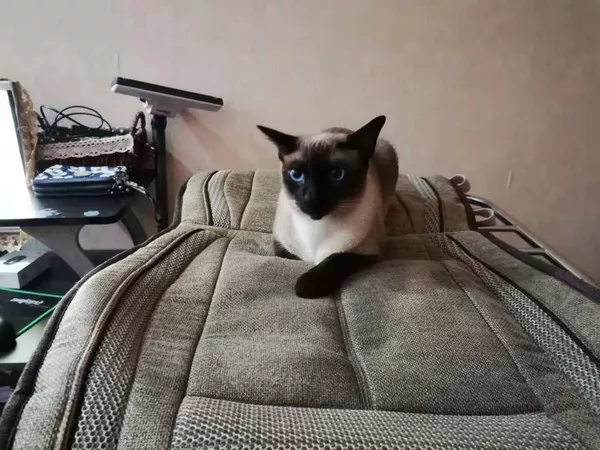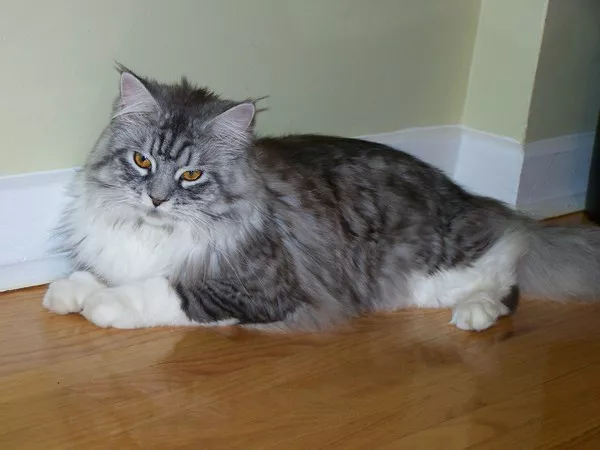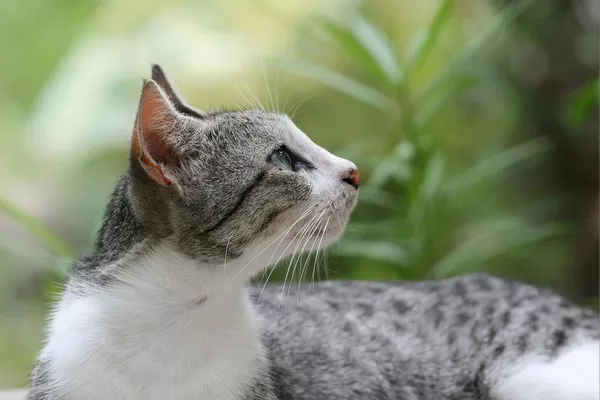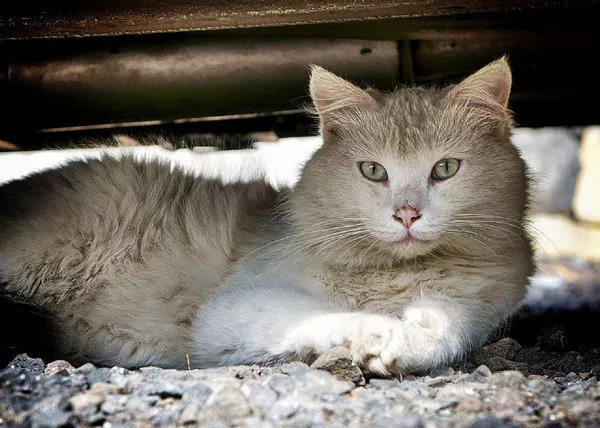Siamese cats are known for their striking blue eyes, sleek coats, and distinctive vocalizations. However, one characteristic that sets some Siamese cats apart is their tendency to exhibit crossed eyes, a condition known as strabismus. While not all Siamese cats are cross-eyed, the trait is relatively common in this breed and has intrigued cat lovers and researchers alike. In this comprehensive guide, we’ll delve into the reasons why some Siamese cats are cross-eyed, exploring the genetic, anatomical, and environmental factors that contribute to this phenomenon.
Understanding Strabismus in Siamese Cats
Strabismus is a condition characterized by the misalignment of the eyes, resulting in one or both eyes turning inward, outward, upward, or downward. In Siamese cats, cross-eyedness typically manifests as a convergent strabismus, where the eyes turn inward toward the nose. This distinctive trait gives some Siamese cats a unique and endearing appearance, often referred to as “cross-eyed” or “walleyed.”
Genetic Factors
Genetics plays a significant role in the development of strabismus in Siamese cats. The gene responsible for the blue eye color in Siamese cats is closely linked to the gene that controls the development of the optic nerve. This genetic linkage is believed to contribute to the misalignment of the eyes observed in some Siamese cats.
The albino gene, which is responsible for the distinctive coat coloration and blue eyes of Siamese cats, may also play a role in the development of strabismus. Albinism is associated with abnormal development of the visual pathways in the brain, which can affect the coordination of eye movements and lead to strabismus.
Selective breeding practices aimed at emphasizing certain physical traits, such as blue eyes and a wedge-shaped head, may inadvertently perpetuate the prevalence of strabismus in Siamese cats. Breeders often prioritize aesthetics over health considerations, leading to a higher incidence of genetic disorders, including strabismus, in some lines of Siamese cats.
Anatomical Factors
The unique anatomy of Siamese cats may predispose them to strabismus. Siamese cats are known for their elongated, wedge-shaped heads and slender bodies. The structure of their skulls and the positioning of their eyes may contribute to the misalignment observed in some individuals.
The orientation of the optic nerves and the muscles responsible for controlling eye movements may differ in Siamese cats compared to other breeds. These anatomical variations can affect the coordination of eye movements and increase the likelihood of strabismus occurring.
Environmental Factors
While genetics and anatomy play significant roles in the development of strabismus, environmental factors may also influence its expression. Factors such as prenatal development, maternal health, nutritional status, and early life experiences can impact the development of the visual system and contribute to the occurrence of strabismus in Siamese cats.
Prenatal exposure to toxins, infections, or other environmental stressors may disrupt normal development and increase the risk of strabismus. Similarly, inadequate nutrition during critical periods of growth and development can affect the formation of the visual pathways and increase susceptibility to eye disorders.
Managing Cross-Eyedness in Siamese Cats
While strabismus is a relatively common trait in Siamese cats, it is generally considered a cosmetic issue rather than a medical concern. Most cross-eyed Siamese cats lead happy and healthy lives without experiencing significant impairment or discomfort associated with their condition.
However, if strabismus is accompanied by other symptoms, such as vision problems, eye irritation, or difficulty navigating the environment, it is essential to consult with a veterinarian for a thorough evaluation and appropriate management.
Regular veterinary check-ups are recommended for Siamese cats to monitor their overall health and address any concerns related to their eyesight or well-being. Routine eye examinations can help detect any abnormalities or underlying conditions early and ensure prompt intervention if necessary.
Conclusion
Strabismus, or cross-eyedness, is a distinctive trait observed in some Siamese cats, resulting from a combination of genetic, anatomical, and environmental factors. While the precise mechanisms underlying the development of strabismus in Siamese cats are not fully understood, genetics, anatomy, and environmental influences all play significant roles.
Despite their unique appearance, cross-eyed Siamese cats typically lead happy and healthy lives without experiencing significant impairment or discomfort associated with their condition. However, it is essential for owners to monitor their cat’s overall health and seek veterinary care if any concerns arise regarding their eyesight or well-being.
By understanding the factors contributing to strabismus in Siamese cats and providing appropriate care and attention, owners can ensure that their beloved feline companions enjoy optimal health and quality of life.



























